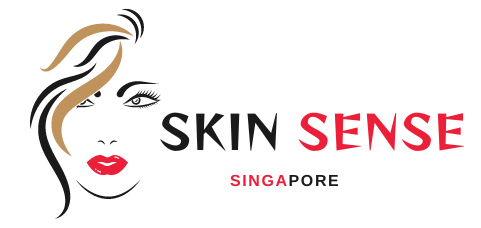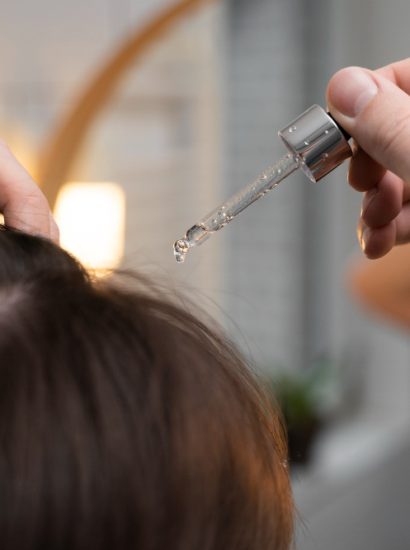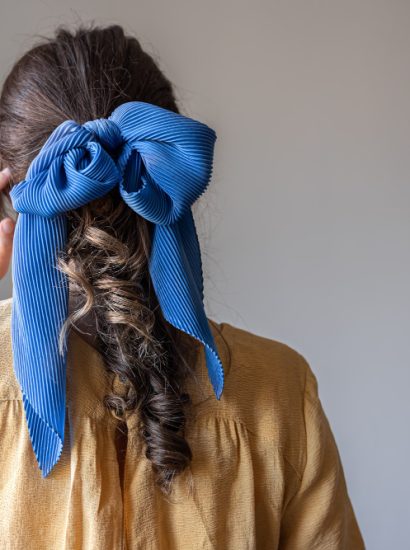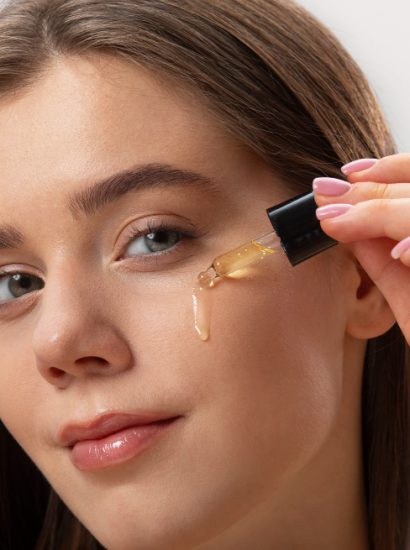Shoulder Botox isn’t just a trend—it’s a growing solution for pain relief, posture correction, and a more streamlined silhouette. Whether you’re dealing with chronic shoulder tension, trap hypertrophy, or migraines, this minimally invasive treatment may offer the relief you’ve been looking for. But what really happens when you step into the clinic for your first session?
If you’re curious or feeling a little nervous, don’t worry. Here’s a comprehensive breakdown of what to expect during your first shoulder Botox appointment, so you can walk in with confidence.
1. Understanding the Purpose of Shoulder Botox
Before your appointment, it’s essential to understand why shoulder Botox is used. While traditionally known for smoothing wrinkles, Botox is increasingly used for medical and cosmetic reasons in the shoulder and trapezius areas.
Common reasons for shoulder Botox include:
Reducing chronic pain or tension from overworked trap muscles
Slimming the shoulder silhouette (popular in fashion and aesthetic circles)
Relieving tension headaches or migraines
Improving posture
Botox works by temporarily relaxing the muscles, which reduces their activity and allows relief from tightness or bulkiness.
2. Pre-Appointment Consultation: What You’ll Discuss
Your first appointment typically begins with a detailed consultation with a certified medical professional. During this phase, expect the provider to ask questions like:
What are your goals—medical, aesthetic, or both?
Do you have any prior experience with Botox or similar treatments?
Do you have a history of muscle or nerve conditions?
They’ll also assess your shoulder and neck anatomy, take photographs for tracking results, and determine the appropriate dosage and injection sites. Be honest and thorough—this helps ensure your treatment is safe and effective.
3. Discussing Possible Side Effects and Risks
Your provider will review potential risks and side effects, which are typically mild but worth knowing. These may include:
Bruising at the injection site
Temporary muscle weakness
Headache or flu-like symptoms
Slight asymmetry
Serious side effects are rare when administered by trained professionals, but transparency is part of the process. Ask questions if you’re unsure about anything.
4. The Treatment Plan and Injection Mapping
Once everything is discussed, the practitioner will move on to mapping your injection points. Using a pen or marker, they’ll lightly outline the areas on your shoulders and trapezius muscles where the Botox will be injected.
This process is tailored to your muscle structure and desired outcome. Some patients may require as few as 20 units, while others may need 40–60 units, depending on muscle size and strength.
5. What It Feels Like: The Injection Process
When the treatment begins, you’ll either be seated or lying down, depending on the clinic’s setup. Expect a series of small injections, usually done with a fine needle that feels like tiny pinpricks.
The entire process typically takes 10 to 20 minutes. You might feel mild stinging or pressure, but the discomfort is minimal and short-lived. No anesthesia is required, though some clinics use numbing cream if requested.
6. Post-Injection Care: What to Do (and Avoid)
After the injections, your provider will give you a list of aftercare instructions. To get the best results, you should:
Avoid for 24–48 hours:
Heavy exercise or strength training
Massaging or rubbing the injection area
Lying flat or face-down for extended periods
Sauna or steam rooms
You can return to most daily activities immediately, including work or casual walking. Some patients even get it done during lunch breaks.
7. When Will You See Results?
One of the most common questions patients ask is: “When will I see the effects?” The answer is: be patient.
Most people begin to notice changes in 3 to 5 days
Full results typically show up by 10 to 14 days
The effects last about 3 to 4 months, depending on metabolism and activity level
If your goal is posture correction or shoulder slimming, the aesthetic improvement will also depend on your individual muscle response and how regularly you maintain sessions.
8. Follow-Up Appointments and Adjustments
At your first appointment, your practitioner might schedule a follow-up visit in 2 to 3 weeks to check the results and see if touch-ups are needed. Sometimes, your body might metabolize Botox faster or respond slower than average.
Over time, they may adjust your dose or injection points for optimal outcomes. This is especially common for aesthetic treatments like shoulder slimming, which may require multiple sessions for visible contouring.
9. Managing Expectations and Realistic Goals
Shoulder Botox can offer significant relief and visible changes, but it’s not a miracle cure. It’s important to manage your expectations:
You won’t walk out instantly slimmer or pain-free
Results build gradually with time and consistency
It’s not permanent—you’ll need repeat treatments every few months
Also, Botox isn’t a replacement for physical therapy, proper ergonomics, or posture correction exercises. It should be viewed as part of a broader wellness or aesthetic plan.
10. Cost Breakdown and Insurance Considerations
The cost of shoulder Botox varies depending on location, practitioner expertise, and units used. On average:
Cosmetic shoulder slimming: \$300–\$700 per session
Therapeutic Botox (e.g., for migraines): May be partially covered by insurance with a doctor’s referral
Always confirm what’s included in the price—consultation, units, follow-up, etc. If you’re using Botox for medical reasons, ask your provider about insurance documentation or referrals.
Conclusion: Embrace the Process with Confidence
Your first shoulder Botox appointment may seem daunting, but it’s typically a quick, straightforward experience with minimal discomfort and promising results. Whether you’re doing it for relief, aesthetics, or posture support, knowing what to expect will help you feel more prepared and empowered.
From consultation to follow-up, the journey is about informed choices, realistic goals, and working with a qualified professional who understands your unique anatomy. If done right, shoulder Botox can significantly enhance both how you feel and how you carry yourself—literally.
FAQs About Shoulder Botox
1. How long does shoulder Botox last?
Botox typically lasts 3 to 4 months, but it can vary depending on your metabolism, activity level, and how many units are injected.
2. Is shoulder Botox painful?
Most patients report only mild discomfort, describing it as a series of small pinches. A numbing cream can be used if needed.
3. Can Botox in the shoulders help with migraines?
Yes, Botox is FDA-approved for chronic migraine treatment, and injections in the neck and shoulder areas may help reduce headache frequency and intensity.
4. Is shoulder Botox safe?
When administered by a licensed, trained professional, shoulder Botox is very safe. Mild side effects may occur but are usually temporary.
5. How many units of Botox are needed for shoulder slimming?
This depends on muscle size but often ranges from 20 to 60 units per side. Your provider will determine the right amount based on your anatomy and goals.
Also read : Forehead Filler: 10 Before-and-After Transformations That Will Wow You





